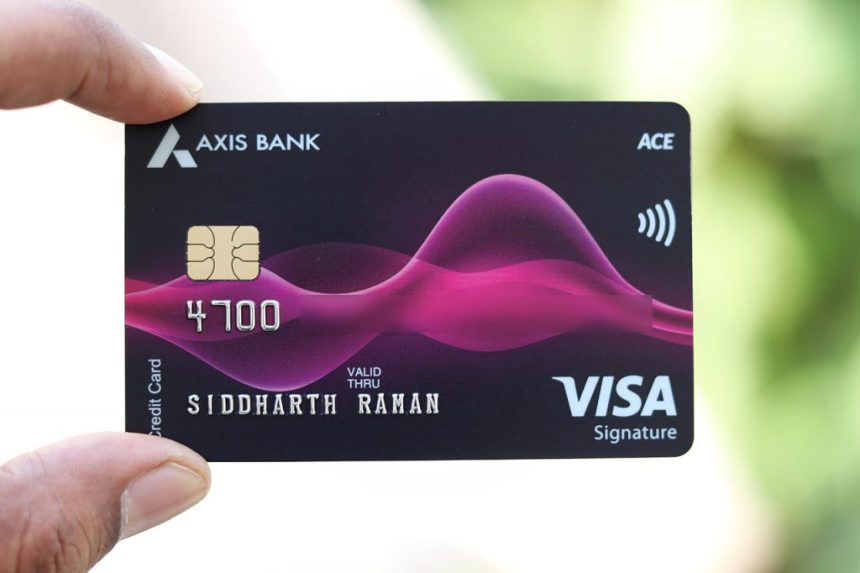In the United States, credit cards are a ubiquitous part of everyday life. They offer convenience, security, and the potential to build your credit score, which can unlock better loan terms and lower interest rates in the future. But for newcomers to the US financial system, navigating the process of obtaining a credit card can be daunting. Fear not! This comprehensive guide will walk you through every step, from understanding the basics to celebrating your first successful application.
Step 1: Demystifying Credit Cards
-
Understanding the Lingo: A credit card allows you to borrow money from a bank to make purchases. You then repay the borrowed amount (plus interest) over time. Here are some key terms to know:
- Credit Limit: The maximum amount you can borrow on the card.
- Interest Rate: The fee charged on the unpaid balance each month. Aim for a low interest rate.
- Annual Percentage Rate (APR): This reflects the total cost of borrowing on a credit card in a year, including interest and other fees.
- Minimum Payment: The minimum amount you must pay each month to avoid late fees and penalties.
-
Building Credit History: Using a credit card responsibly and making timely payments helps build a positive credit history. This is a record of your borrowing behavior and repayment habits, used by lenders to assess your creditworthiness.
Step 2: Assessing Your Eligibility
Before applying, ensure you meet the basic criteria:
- Minimum Age: 18 years old in most states (though some card issuers may have a higher age requirement).
- Social Security Number (SSN) or Individual Taxpayer Identification Number (ITIN): An SSN is a unique identifying number assigned to US citizens and permanent residents. An ITIN is used by non-resident aliens who file US tax returns.
- Proof of Income: Steady income demonstrates your ability to repay the borrowed amount. Paystubs, W-2 forms, or tax returns can be used as proof.
- Residential Address: A stable address shows lenders you’re a responsible borrower.
Step 3: Choosing the Right Card
With a plethora of credit cards available, selecting the right one is crucial. Consider these factors:
- Credit Score: Your credit score reflects your creditworthiness. If you have no credit history, consider a secured credit card, where you deposit a refundable security deposit that becomes your initial credit limit.
- Spending Habits: Choose a card with rewards that align with your spending habits. For example, a travel rewards card benefits frequent travelers, while a cash-back card rewards everyday purchases.
- Annual Fees: Some cards have annual fees, while others don’t. Weigh the benefits of the card against the annual fee before applying.
Step 4: Gathering Your Documents
Have the following documents readily available for the application process:
- Social Security Number (SSN) or ITIN
- Proof of Income (paystubs, W-2 forms, tax returns)
- Proof of Address (utility bills, bank statements)
- Employment Information (employer name and contact details)
Step 5: Applying for Your First Credit Card
- Research and Compare: Utilize reputable financial websites or mobile apps to compare credit cards based on your criteria. Choose a card issuer with a good reputation for customer service.
- Pre-Qualification: Many banks offer pre-qualification tools that allow you to check your eligibility for a card without impacting your credit score.
- Online Application: Most credit card applications can be completed online.
- Provide Accurate Information: Ensure all information is accurate and complete. Typos or inconsistencies can delay or even deny your application.
- Review the Terms: Carefully review the terms and conditions before submitting your application. Understand the interest rate, annual fees, and other charges.
Step 6: The Waiting Game and Beyond
- Application Status: The bank will review your application and notify you of their decision within a few business days.
- Approval: Congratulations! If approved, your card will be mailed to your address within 7-10 business days.
- Maintaining Good Habits: Use your credit card responsibly. Make at least the minimum payment on time every month. Aim to pay your balance in full to avoid accruing high-interest charges.


















